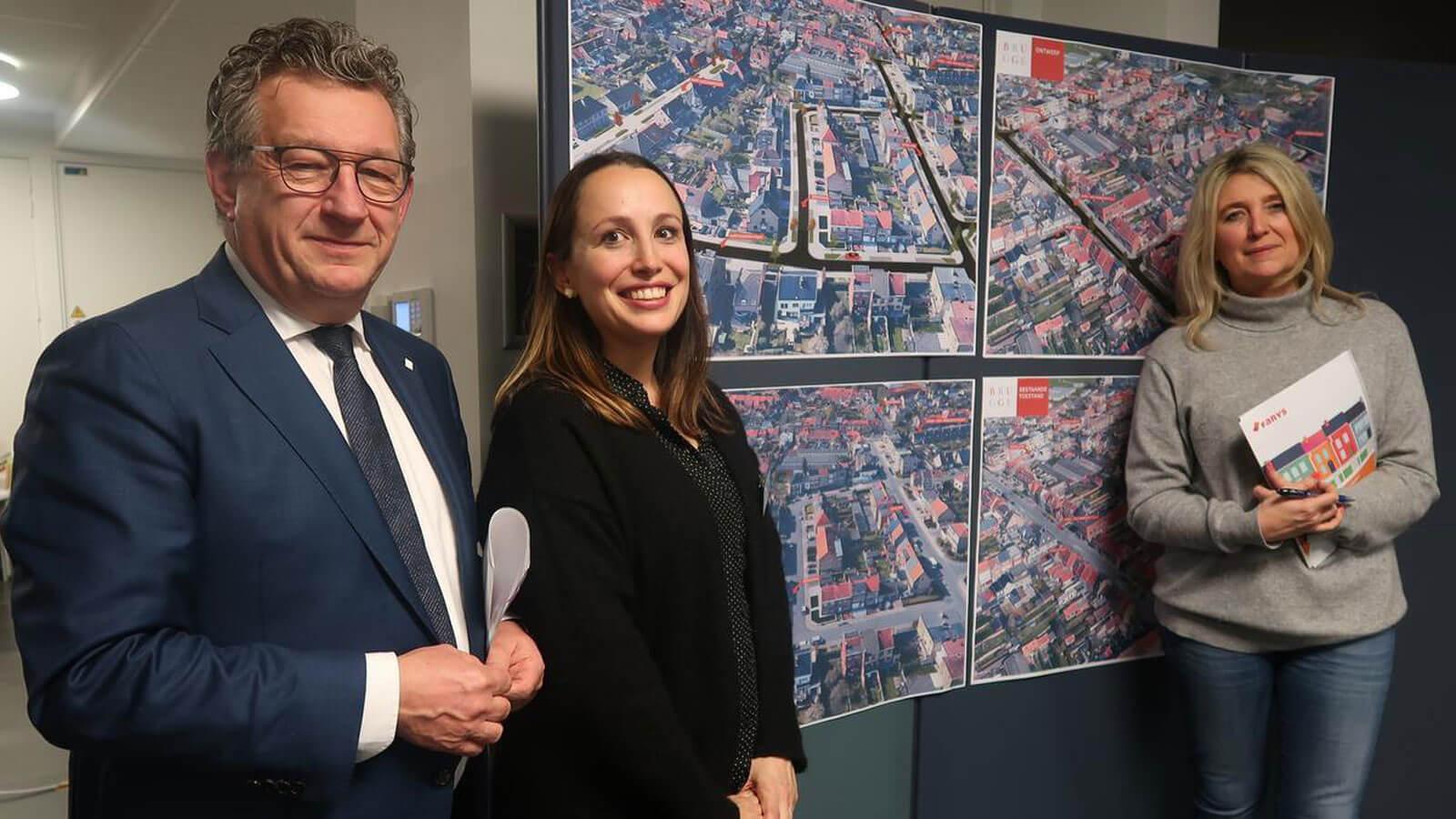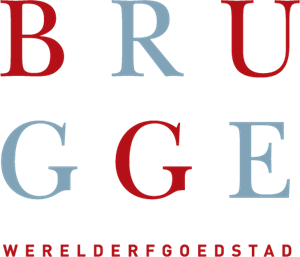In collaboration with several city services, institutions, and organisations, the city of Bruges is modernising the Dampoort district, which sits in the suburb of Sint-Kruis. The broader project also encompasses the reconstruction and renovation of extensive district facilities.
Designing the construction of the ‘Dampoort Route’ construction is an additional component of this master plan. The district is divided into six ‘Exercise Routes’, each of which contains a number of experience locations.
The Dampoort Route aims to encourage residents and the local population in general to exercise (more often), go outside, and come together.
Each route connects to another one, thus enabling all users to combine routes to their own likes and abilities. The different experience locations along the routes will be arranged based upon the results of a preliminary examination, which includes a neighbourhood analysis and participation sessions with residents.
The city’s aim with this project is to collect data from neighbourhood analysis and from participation sessions with selected target groups in order to map out citizens’ needs.
These data will be used to develop and optimise Exercise Routes with experience locations in a way that removes barriers to exercise and makes use of exercise opportunities.
Neighbourhood analysis
The neighbourhood analysis is an instrument to quickly and simply gain insights into the activities of a neighbourhood or district.
It looks into whether citizens can find the challenges and facilities they need to practise sport and exercise in their immediate surroundings.
It also provides insight into the areas where improvement is possible or necessary. Proper and safe facilities as well as route structures (hardware) must be sufficiently present in the neighbourhood, but residents should also be encouraged (orgware) to use them, for example through the variety of activities offered (software).
Requirements analysis
At the city of Bruges’ request, Vital Cities organised five participation meetings with three selected target groups. In each meeting, a previously determined component of the route and its resting points were reviewed and enriched with the needs and requirements of the target groups involved.
The following target groups were consulted:
- Senior citizens: inhabitants and visitors of the WZC Van Zuylen daycare centre, as well as active and mobile district neighbours aged over 80.
- People with mental disabilities: visitors of ‘t Veldzicht
- Fifth and sixth-year pupils of the Mozaïek primary school
Analysis and reporting
A clear report was created to describe all the insights across the various target groups and route components, and to transform them into opportunities and suggestions.




